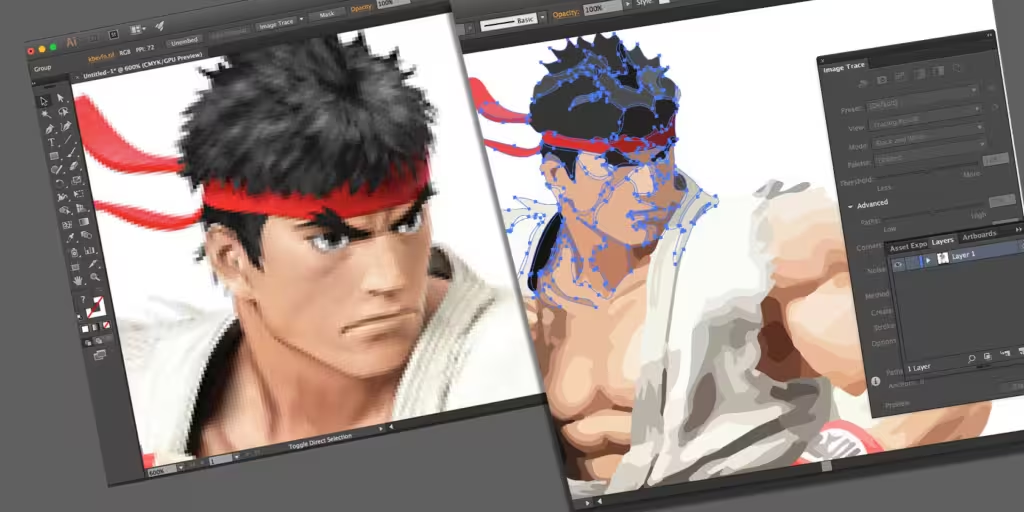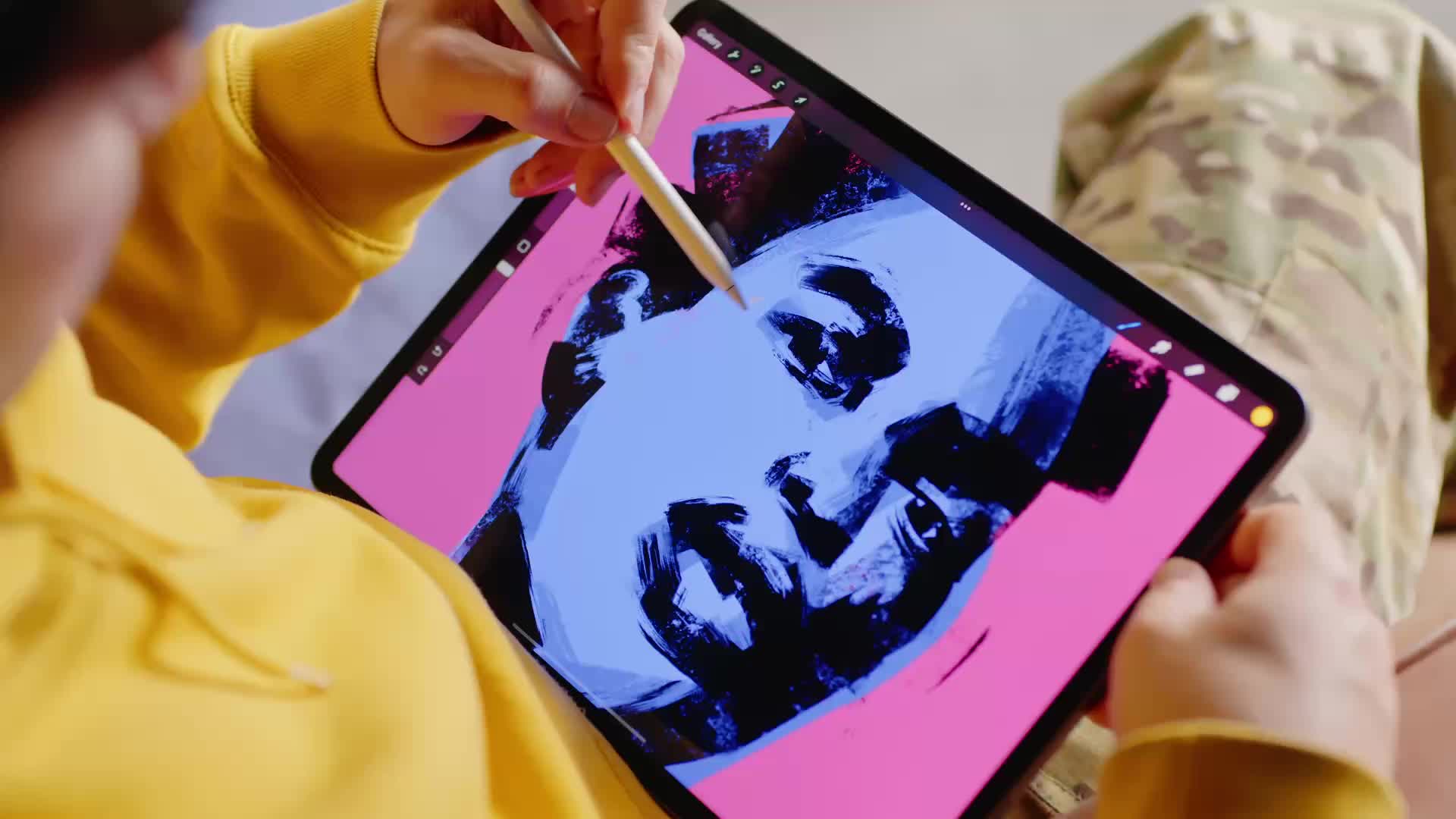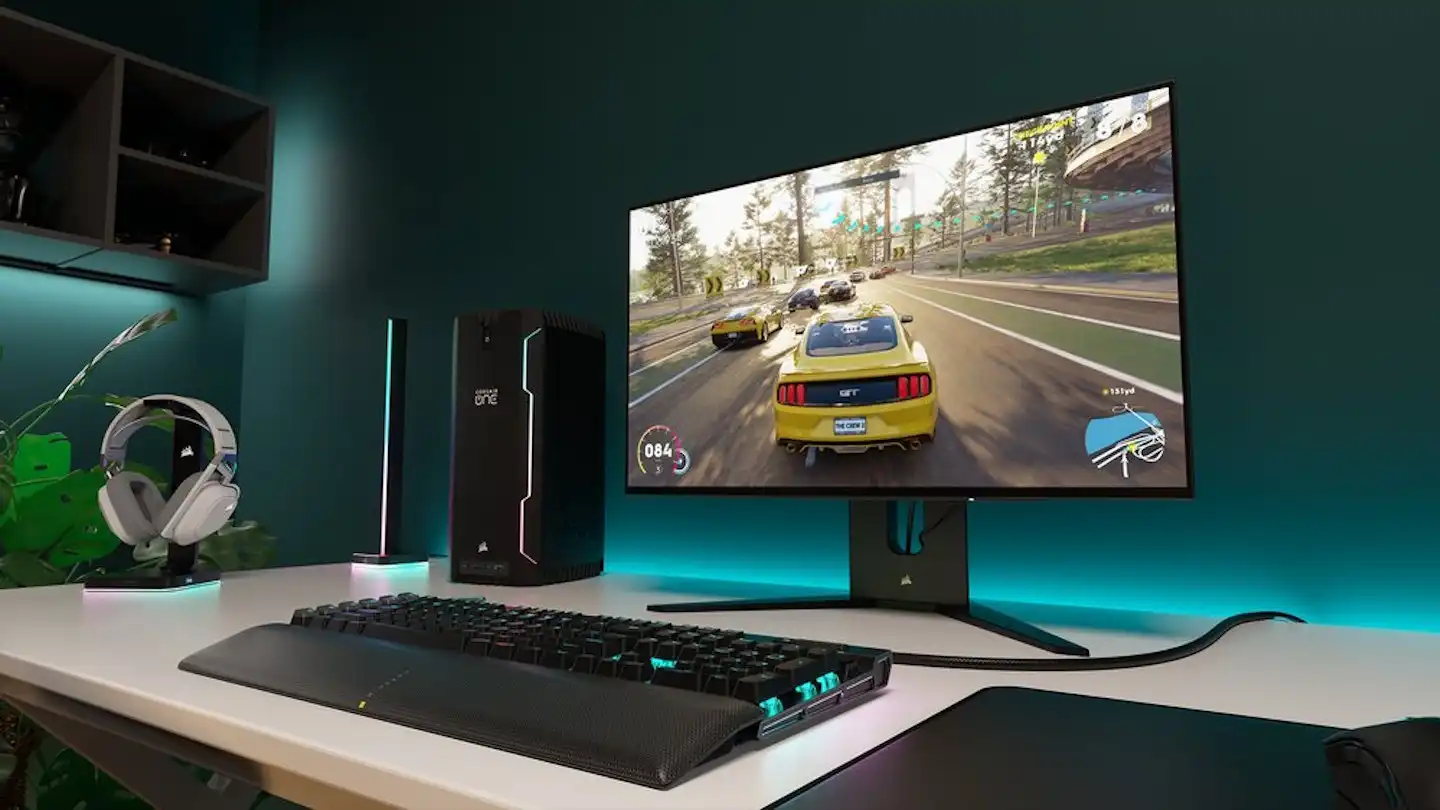
Converting images into vector graphics is especially valuable when creating logos, illustrations, or print templates. Unlike JPG or PNG formats that lose quality when resized, vector graphics maintain their sharpness at any size. Whether you’re looking to create a scalable SVG file or convert a PNG to SVG, there are several solutions available for you.
What is a vector graphic?
A vector graphic uses mathematical formulas to define lines, curves, and shapes, allowing it to be resized infinitely without losing quality. This is different from raster graphics, which are based on pixels and can become blurry when enlarged. Additionally, vector graphics typically have smaller file sizes than raster images, although they’re not suitable for every type of image, particularly complex photos.
How do I create a vector graphic?
Creating vector graphics requires specialized software capable of vectorizing image data. This process converts pixel-based information into scalable lines and curves. You can use free or professional tools for this.
Creating vector graphics with on-board Windows tools
Windows doesn’t come with built-in tools for vector creation. While programs like Paint can edit images, they only handle raster graphics.
Free software for converting images to vector graphics
One of the best free programs for vector creation is Inkscape. It’s open-source and rivals paid tools like Adobe Illustrator. To vectorize an image in Inkscape:
- Import your image into the program.
- Select the image and go to Path > Trace Bitmap. Adjust the settings to refine the details.
- Once complete, save the file as an SVG for scalable vector graphics.
How to create vector graphics on mobile
It’s possible to create vector graphics on your phone using apps like Adobe Illustrator Draw or Vector Ink. These tools offer a mobile-friendly way to create and edit vectors directly from your device.
Free online tools for converting images to vector graphics
For those who prefer not to install software, online tools such as FreeConvert or Convertio offer simple conversion processes. Just upload your image, choose SVG as the output format, and download the vectorized file.
How to check if a file is vectorized
A quick way to verify if a file is vectorized is by zooming in with a graphics program like Adobe Illustrator or Inkscape. If no pixels are visible, it’s a vector. File extensions like .svg, .eps, or .ai also indicate vector formats.
Popular vector graphic formats:
- SVG (Scalable Vector Graphics): Ideal for web applications.
- EPS (Encapsulated PostScript): Used in professional printing.
- AI (Adobe Illustrator): A proprietary format for Adobe products.
How to convert JPG or PNG to vector
To convert a JPG or PNG into a vector, tools like Inkscape or online converters like JPG2SVG and PNG2SVG can help. These tools detect lines and shapes in the image and translate them into vector paths, ensuring details are preserved.



